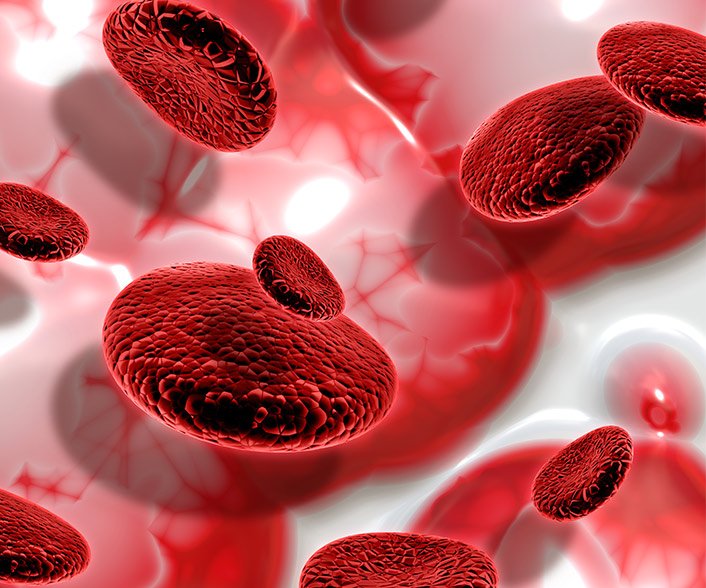If you've been told you or someone you love has an arteriovenous malformation (AVM) or a cavernous hemangioma, you might feel overwhelmed. Both conditions affect the blood vessels and often involve the brain or spine. However, these are fundamentally different disorders in terms of structure, symptoms, risks, and treatment options.
AVM is a high-flow vascular malformation where arteries connect directly to veins, increasing bleeding risk. Cavernous hemangioma, however, is a low-flow cluster of blood vessels, usually with slower growth and less danger. AVMs often need embolization or surgery, while many cavernomas are monitored unless symptomatic.
For expert diagnosis and treatment, consult Dr. Pradeep Muley at Indianinterventionalradiology.
Understanding Vascular Malformations
Vascular malformations are abnormalities in the blood vessels that can be present from birth or develop later. These include:
- Arteriovenous Malformations (AVMs)
- Cavernous Hemangiomas (Cavernomas)
- Capillary Telangiectasia
- Developmental Venous Anomalies (DVAs)
AVMs and cavernous hemangiomas are among the most commonly diagnosed and most impactful of these malformations, especially when they occur in the central nervous system (CNS).
What is an Arteriovenous Malformation (AVM)?
Definition:-
An AVM is an abnormal connection between arteries and veins, bypassing the normal capillary system. This direct connection can cause high-pressure blood to flow into veins that are not designed to handle such force, leading to rupture or bleeding.
Key Features:- Tangled network of arteries and veins
- Often congenital (present at birth)
- High-pressure blood flow
- Can grow over time
Common Locations:
- Brain (Cerebral AVM)
- Spinal Cord (Spinal AVM)
- Lungs (Pulmonary AVM)
- Liver
- Other organs
Symptoms:
- Sudden, severe headaches
- Seizures
- Neurological deficits (e.g., numbness, vision problems)
- Loss of balance or coordination
- Cognitive changes
- Brain hemorrhage (can be life-threatening)
What is a Cavernous Hemangioma (Cavernoma)?
Definition:
A cavernous hemangioma, or cavernoma, is a cluster of abnormal, dilated blood vessels that form a low-pressure vascular lesion. These vessels are thin-walled and filled with blood, resembling a mulberry.
Key Features:- No significant arterial involvement
- Slow-flow or no-flow lesion
- Often asymptomatic
- Risk of minor bleeding (micro-hemorrhages)
Common Locations:
- Brain
- Brainstem
- Spinal cord
- Liver
- Skin (cutaneous cavernomas)
Symptoms:
- Headaches
- Seizures
- Neurological deficits (depending on location)
- Vision or speech changes
- Balance problems
- Often found incidentally
AVM vs. Cavernous Hemangioma – Key Differences
|
Feature |
Arteriovenous Malformation (AVM) |
Cavernous Hemangioma |
|
Flow type |
High-flow |
Low-flow / no-flow |
|
Bleeding risk |
High risk (life-threatening) |
Moderate to low risk |
|
Arterial involvement |
Yes |
No |
|
Capillary bypass |
Yes |
No |
|
Appearance on MRI |
Flow voids, contrast enhancement |
"Popcorn" or "berry" appearance |
|
Age of onset |
Usually congenital |
May be congenital or develop later |
|
Family history |
Rarely inherited |
Can be familial (CCM1, CCM2, CCM3 genes) |
|
Treatment |
Embolization, surgery, radiosurgery |
Observation, surgery if symptomatic |
Diagnosis – How Are They Identified?
Diagnostic Tools:
- MRI Brain/Spine : Most sensitive for both conditions
- CT Scan : Useful in emergencies (e.g., hemorrhage)
- Cerebral Angiography : Gold standard for AVM; not helpful for cavernomas
- Genetic Testing : Recommended if familial history suspected (esp. for cavernomas)
At Indian Interventional Radiology
Under the guidance of Dr. Pradeep Muley, we use advanced imaging techniques to detect even small or hidden vascular lesions. Accurate diagnosis is essential for planning the right treatment.
Treatment Options
Arteriovenous Malformation (AVM)
Endovascular Embolization
A catheter is guided into the AVM to block abnormal blood flow using glue-like substances or coils.
Microsurgery
Used to remove the AVM completely. Best for small, accessible AVMs.
Stereotactic Radiosurgery (SRS)
Focused radiation targets the AVM without opening the skull.
"At Indianinterventionalradiology, we offer advanced embolization therapies for AVMs with precision and minimal risk," – Dr. Pradeep Muley
Cavernous Hemangioma
Observation
If asymptomatic, regular MRIs and monitoring are sufficient.
Surgical Removal
Indicated if the lesion causes repeated bleeding, seizures, or neurological deficits.
Seizure Management
Anti-epileptic drugs may be required if cavernomas are causing seizures.
"Not all cavernomas need treatment. But when they do, our surgical planning is precise and minimally invasive," – Dr. Pradeep Muley
Risks and Complications
AVM Risks:-
- Intracranial hemorrhage (bleeding)
- Stroke
- Death if untreated and ruptured
- Post-treatment complications like brain swelling
Cavernous Hemangioma Risks:-
- Minor hemorrhage leading to neurological issues
- Seizures
- Memory or speech problems (if in brain)
Early diagnosis and treatment significantly reduce these risks.
Why Choose Indian Interventional Radiology?
- Led by Dr. Pradeep Muley, one of India’s most experienced interventional radiologists
- State-of-the-art imaging and endovascular treatment tools
- Patient-first, minimally invasive approach
- Personalized care plans for every case
Whether you're diagnosed with an AVM or a cavernoma, our expert team provides precise, modern care with compassion.
FAQs Answered by Dr. Pradeep Muley
Can AVMs or cavernomas disappear on their own?
No. They do not resolve spontaneously. Some AVMs may shrink after radiosurgery.
Can these conditions run in families?
- AVMs are rarely inherited
- Cavernomas can be inherited genetically
What lifestyle changes are needed?
- Avoid blood thinners unless prescribed
- Control blood pressure
- Avoid contact sports if you have a vascular lesion
Is surgery always needed?
No. Many cavernomas and even some AVMs can be monitored if they are stable and symptom-free.
Final Words
Understanding the difference between AVM and cavernous hemangioma can help you take control of your health or support a loved one through theirs. While both conditions involve blood vessels in the brain or spine, their risk levels, structure, and treatment paths are very different.
